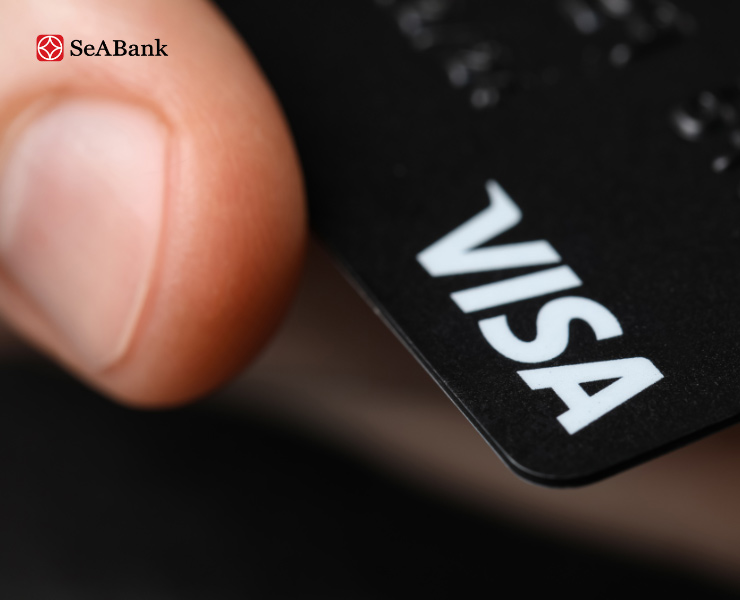Export collection is an effective payment tool, helping businesses minimize risks and ensure cash flow. So what is import collection, what are its benefits, and what is the process? This article by [website name] will help you answer these questions to better understand import collection.
What is export collection?
Collection of payment is an international payment method in which the exporter (seller) after completing the obligation to deliver goods or provide services, entrusts its serving bank (the collecting bank/remitting bank) to present the delivery documents to the importer's bank (the buyer) (the collecting bank) to receive payment, accept bills of exchange or accept other terms and conditions. Collection documents can be commercial documents (such as invoices, transport documents, etc.) and/or financial documents (such as bills of exchange or other financial documents).

Export collection is an effective payment tool
3 Ways Export Collections Work
In the export collection method, the bank is only an intermediary collecting money and is not responsible for the buyer's payment.DependsAccording to the importer's payment method, the collection is entrusted with documents in the following 3 ways:
- Documents against Payment (D/P): The importer must pay the exporter the full amount stated on the sight draft before receiving the goods documents from the bank.
- Documents against Acceptance (D/A): The importer needs to sign the time draft issued by the exporter to accept payment. After acceptance, the bank will give them the documents to receive the goods.
- Collection against Other Terms and Conditions (D/OT): Collection can be based on different terms depending on the agreement between seller and buyer.
Benefits of export collection
The benefits of collection payments for exporters and importers are as follows:
For exporters:
- Minimize payment risk due to importer's failure to fulfill payment obligations.
- Increase control over transactions, can stipulate specific payment terms in the sales contract, such as payment method, payment term,...
- Enhance the reputation of the exporter, helping to attract more customers and business partners.
- It doesn't cost much to receive payments this way.
- The seller is assisted by the bank to control and monitor the shipping documents until payment or acceptance of payment is signed.
For importers:
- Offer a variety of payment options, including immediate payment, deferred payment, and payment on other terms.
- Reduces the risk of fraud due to the exporter not delivering the goods after receiving payment. Because, they only receive the shipping documents after payment or acceptance of the draft/acceptance of other payment terms.
- Supported by the bank to check the set of documents, ensuring compliance with the agreement under the Foreign Trade Contract before payment or acceptance of payment.
- For D/A: The importer is allowed to use and sell the goods without having to pay until the maturity date of the bill of exchange, thereby having more time to pay the exporter, helping to improve cash flow and reduce financial pressure.
- The importer has the right to decide at the time of notification of the Collection Documents whether they want to receive the shipment or not.

Payment collection benefits both exporters and importers.
Procedure for using the earned incomemouth
The export collection process includes the following steps:
Step 1: Exporter delivers goods and prepares documents
After completing production and delivering goods to the importer, the exporter will prepare and sign a set of delivery documents as agreed with the importer. This set of documents usually includes:
- Financial documents (if any): Bill of exchange
- Commercial documents: Commercial invoice, Packing list, Transport documents, and other documents as agreed in the Foreign Trade Contract
- Customs declaration
- Other documents as required by the importer
Step 2 - Exporter entrusts the bank with collection
The exporter will submit the delivery documents to his/her serving bank (collecting bank) along with the document presentation form as prescribed by the Bank, which clearly states specific payment instructions.
Step 3 - The collecting bank transfers the set of documents to the correspondent bank
The collecting bank will prepare a collection instruction and transfer the delivery documents and collection instruction to the importer's bank (collecting bank).
Step 4 - The collecting bank transfers the set of documents to the correspondent bank
The collecting bank will notify the importer of the receipt of the shipping documents and request payment or acceptance of payment according to the collection instruction.
Step 5 - Importer pays/accepts draft/accepts terms:
- Payment: If the two parties agree to choose the payment method at sight (D/P - Documents against Payment), the importer will pay the collecting bank in exchange for the delivery documents.
- Acceptance of draft: If the payment is by deferred payment (D/A - Documents against Acceptance), the importer will sign the acceptance of the draft issued by the exporter in exchange for the delivery documents and will pay the collecting bank when the payment is due.
- Acceptance of conditions: If the two parties agree to choose the payment method by collection under other conditions (D/OT - Documents against Other Terms), they will perform the conditions specified by the exporter before receiving the delivery documents.
Step 6 - Collecting bank transfers money/telegrams accepting payment to collecting bank
After receiving the payment/draft signed for payment acceptance from the importer, the collecting bank will transfer the money/send a payment acceptance telegram to the collecting bank.
Step 7 - The collecting bank pays the exporter
The collecting bank notifies the exporter of the acceptance of the draft and/or credits the payment amount to the exporter's account after receiving the money from the collecting bank

The process of using export collection is very strictly managed.
Fast and safe export collection service at SeABank
Is your business struggling to find a safe, effective and transparent international payment solution? SeABank's Export Collection Service is the key to effectively accompanying your business!
With a team of experienced experts and a network of reputable correspondent banks worldwide, SeABank offers a fast, safe and transparent Export Collection solution, helping you:
- Recover export proceeds easily and efficiently.
- Wide network of reputable correspondent banks: Ensures export collection transactions are carried out quickly and accurately worldwide.
- Minimize payment risk and optimize cash flow.
- Enhance brand reputation and affirm position in the international market.
- Fast payment: Thanks to the modern processing system, SeABank helps you receive payment quickly after completing the procedure.
- Enjoy competitive rates.
- Simple and quick collection registration procedure.

SeABank's Export Collection Service has very competitive fees.
Export collection is an important payment tool, helping businesses better control cash flow and reduce risks when trading internationally. If you are looking for a reliable banking partner to support export collection services, SeABank is the ideal choice.
With many years of experience and a wide network, SeABank is proud to be a trusted partner of businesses throughout the export journey, helping businesses increase their chances of success in the process of exporting their goods. Please contact SeABank immediately via website or Hotline 1900.599.952 (KHDN) for detailed advice and answers to all your questions about export collection services.




